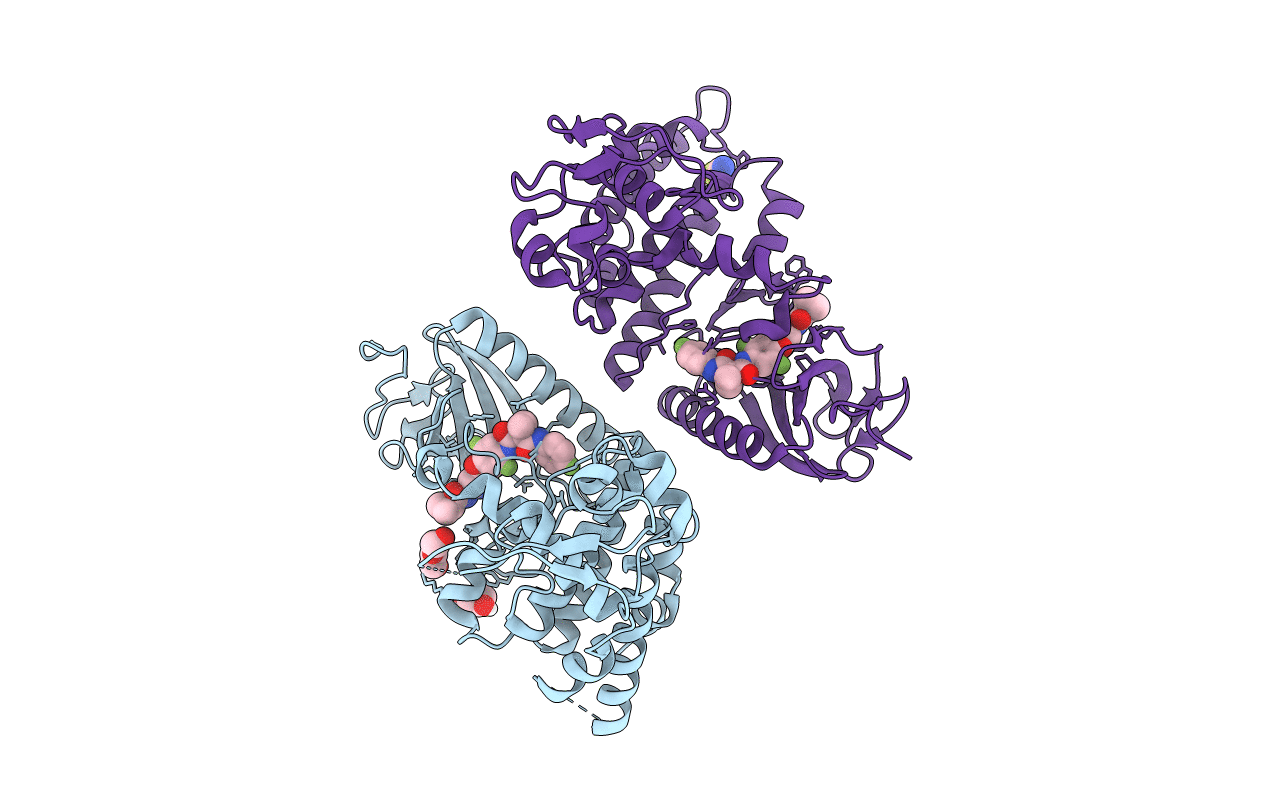
Deposition Date
2021-10-29
Release Date
2022-08-03
Last Version Date
2024-11-13
Entry Detail
PDB ID:
7Q4A
Keywords:
Title:
Toxoplasma gondii PRP4K kinase domain (L715F) bound to altiratinib
Biological Source:
Source Organism:
Toxoplasma gondii (Taxon ID: 5811)
Host Organism:
Method Details:
Experimental Method:
Resolution:
2.31 Å
R-Value Free:
0.21
R-Value Work:
0.20
R-Value Observed:
0.20
Space Group:
P 43


